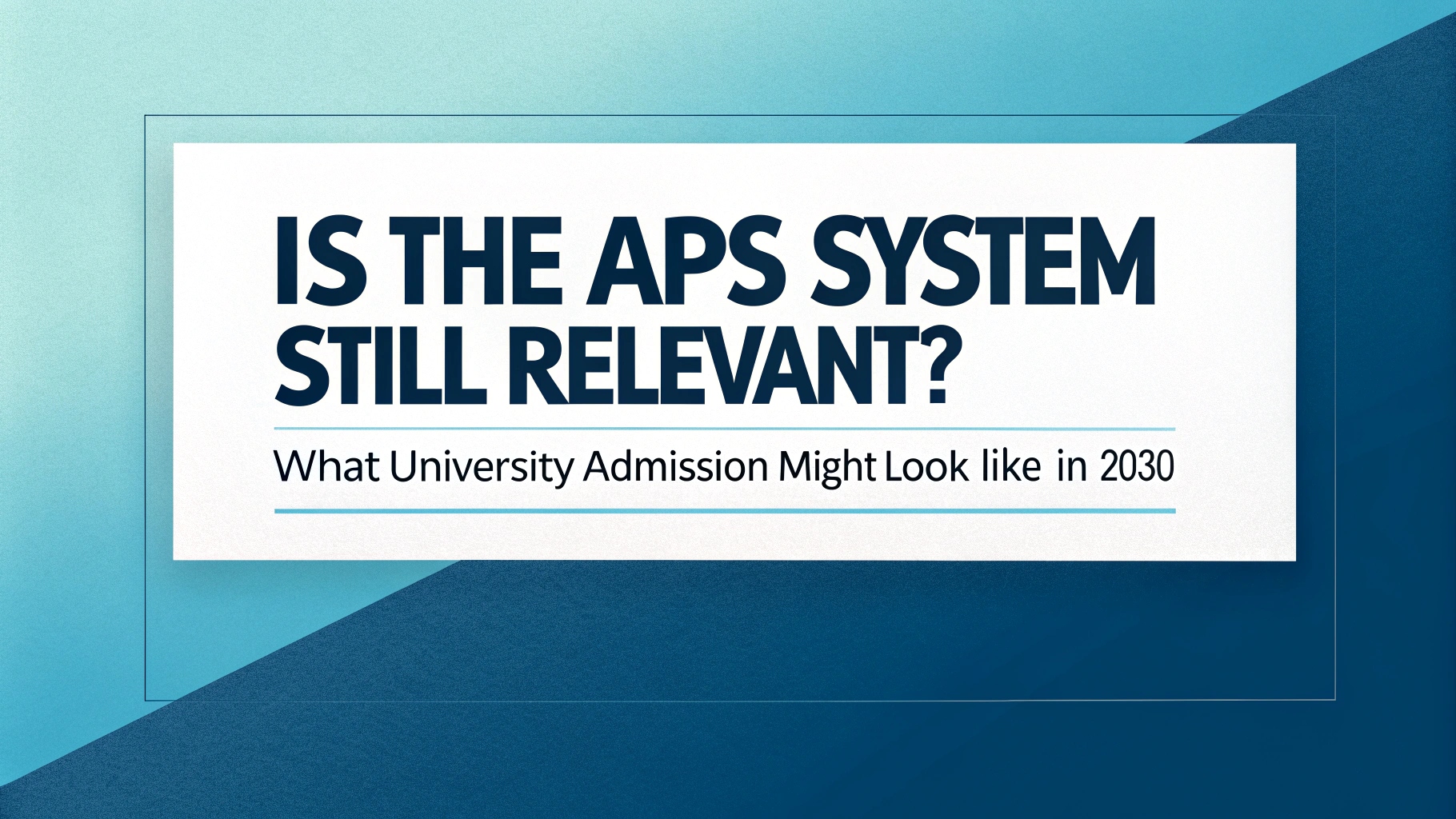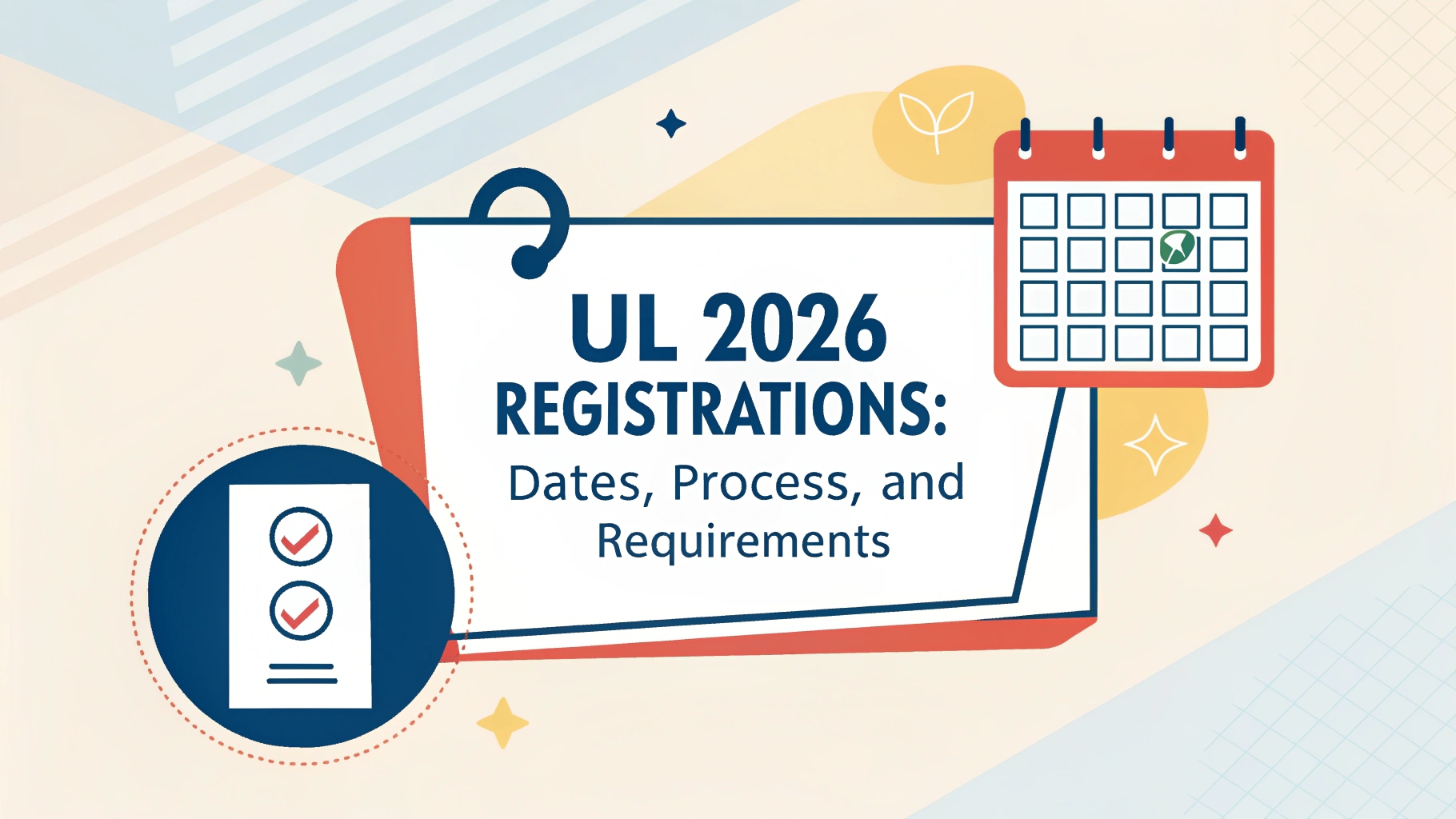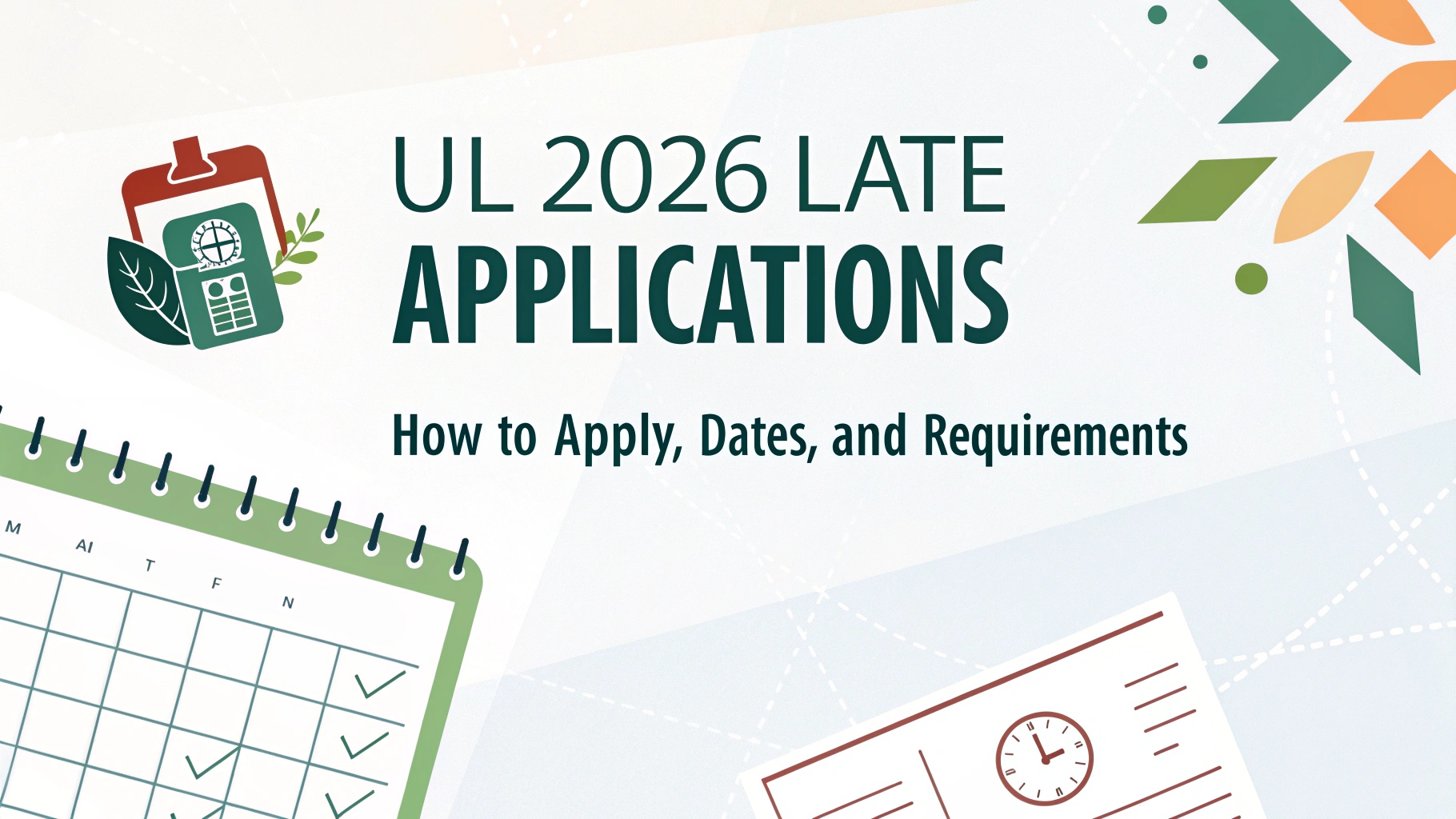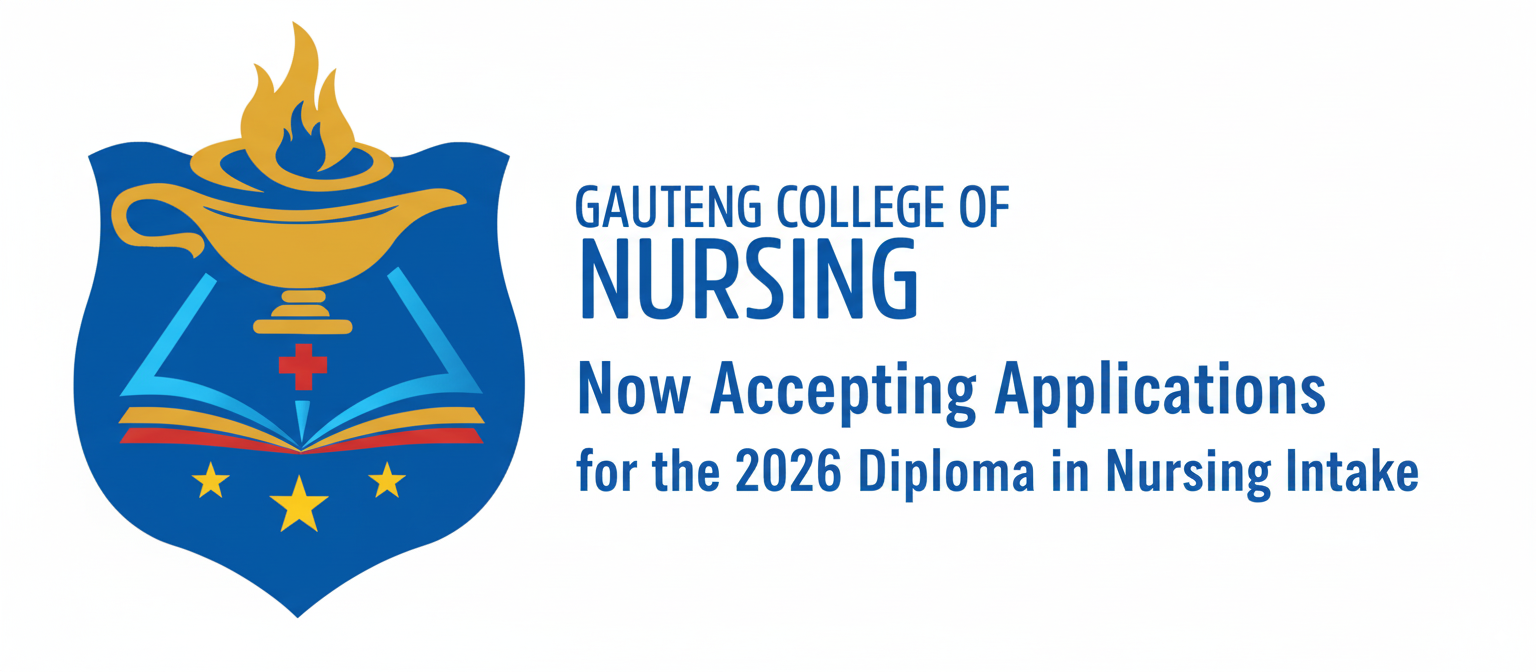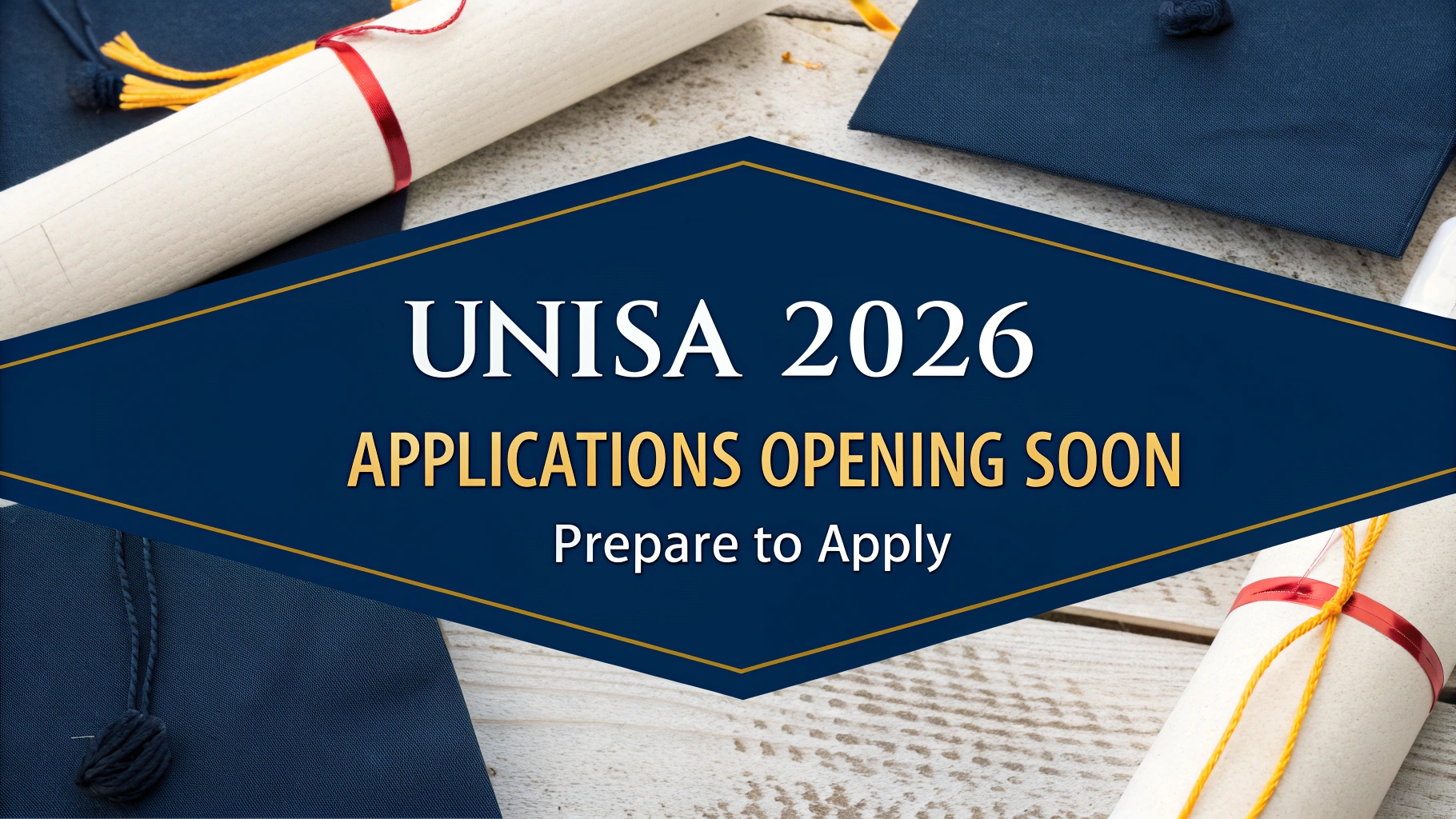The Admission Point Score (APS) system has been a cornerstone of South African university admissions for years. It has served as a standardized measure to assess prospective students’ eligibility based on their National Senior Certificate results. But as education evolves and technology advances, many are beginning to question: Is the APS system still relevant? And perhaps more importantly, what might university admissions look like by 2030?
What is the APS System?
The APS system assigns a numerical value to a learner’s performance in their matric subjects. Each subject mark corresponds to a certain number of points, and these points are totaled to determine whether a learner meets the minimum criteria for admission to a particular course or university.
For example, a student who scores between 70% and 79% in a subject may receive 5 points for that subject. The APS total is then used by universities to filter applications and select students.
Why the APS System Was Developed
The APS was designed to simplify and standardize university admissions across South Africa’s diverse education system. It allowed institutions to evaluate students fairly and objectively, especially given the disparities in schools and provincial education standards.
The system also made it easier for students to understand their chances of acceptance — a clear points target was often required for particular courses.
Is the APS System Still Relevant Today?
While the APS system has clear benefits, it also has notable limitations. Here’s a look at both sides:
Strengths of the APS System
-
Standardization: The APS provides a uniform metric to compare students from different schools and regions.
-
Transparency: Students know upfront the minimum points needed for their preferred course.
-
Simplicity: The points-based system is easy to calculate and understand.
-
Course-Specific Criteria: APS thresholds can be adjusted depending on course requirements, accommodating various academic standards.
Limitations of the APS System
-
Overemphasis on Quantitative Scores: The system focuses mainly on numerical marks, ignoring important skills like critical thinking, creativity, or leadership.
-
Ignores Context: It doesn’t fully consider a student’s background or obstacles overcome during schooling.
-
Pressure on Exams: Students might focus on chasing points rather than truly understanding subjects or developing soft skills.
-
One-Size-Fits-All: The APS doesn’t easily capture the nuance of different talents or the value of diverse experiences outside the classroom.
-
Limited to National Senior Certificate: It doesn’t account for other qualification types or international applicants effectively.
The Changing Educational Landscape
Several factors suggest that university admissions need to evolve beyond just APS:
1. Skills and Competency-Based Education
Around the world, universities are moving towards assessing competencies and skills alongside academic achievements. They want to admit students who can problem-solve, innovate, and work well in teams — qualities that aren’t reflected in APS points.
2. Digital Transformation and Data Analytics
Technological advances allow admissions offices to collect and analyze vast amounts of data. This can include academic performance, extra-curricular activities, online course completions, recommendation letters, and even social contributions.
3. Recognition of Diverse Qualifications
With more learners pursuing alternative qualifications, online certifications, and international curricula, universities must broaden their admission criteria to remain inclusive.
4. Focus on Holistic Admission
More institutions globally adopt holistic admission processes that consider personality, motivation, leadership, and life experience alongside academic results.
What Could University Admission Look Like in 2030?
Here’s a look ahead at potential trends and shifts in South African university admissions by 2030.
1. Hybrid Admission Models
While the APS system may not disappear overnight, it will likely be combined with other evaluation methods. Admissions might weigh APS alongside digital portfolios, video interviews, and competency assessments.
2. AI and Predictive Analytics
Artificial intelligence could help universities identify students who are not only academically capable but also likely to succeed and contribute to campus life. AI could analyze patterns in applications and past student success to inform decisions.
3. Portfolio-Based Admission
Applicants might submit a digital portfolio showcasing projects, volunteer work, leadership roles, and even micro-credentials earned online. This would provide a fuller picture of a student’s abilities and interests.
4. Continuous Assessment and Lifelong Learning Records
Rather than relying solely on final matric exams, universities could tap into a learner’s full academic and learning journey. Continuous assessment records, including online learning achievements, could inform admissions.
5. Increased Personalization
Admissions could become more tailored to the individual. For instance, learners from disadvantaged backgrounds might receive contextual consideration, while tech-savvy students could demonstrate digital fluency through unique tests.
6. Use of Blockchain for Credentials
The secure verification of academic records and certificates via blockchain technology could make the admission process faster, safer, and more transparent.
Challenges in Moving Beyond APS
Transitioning from a purely points-based system to a holistic, technology-driven model is not without challenges:
-
Infrastructure Gaps: Not all schools or students have equal access to digital tools needed for portfolio building or online assessments.
-
Data Privacy: Collecting and managing sensitive applicant data requires stringent safeguards.
-
Equity and Fairness: Ensuring that new admission methods don’t disadvantage under-resourced learners is crucial.
-
Change Management: Universities, teachers, and learners will need training and support to adapt to new systems.
How Students Can Prepare for the Future
Even if the APS system remains part of the admission landscape for now, students can prepare for a more holistic approach:
-
Build a digital portfolio highlighting projects, internships, or volunteer work.
-
Develop soft skills such as leadership, communication, and problem-solving.
-
Pursue online courses or micro-credentials in areas of interest.
-
Engage in extra-curricular activities that demonstrate initiative and commitment.
-
Stay updated on university admission trends and emerging requirements.
Conclusion
The APS system has served South African learners and universities well by providing a clear and simple way to gauge eligibility. However, as education changes, relying solely on APS points seems increasingly inadequate.
By 2030, university admissions will likely be more holistic, inclusive, and technology-driven. The system will probably blend quantitative academic scores with qualitative assessments, portfolios, and AI-based analysis — all aimed at identifying students who are not just academically competent but also well-rounded and future-ready.
For learners and educators alike, understanding this shift and preparing accordingly will be key to thriving in the admissions landscape of the future.
